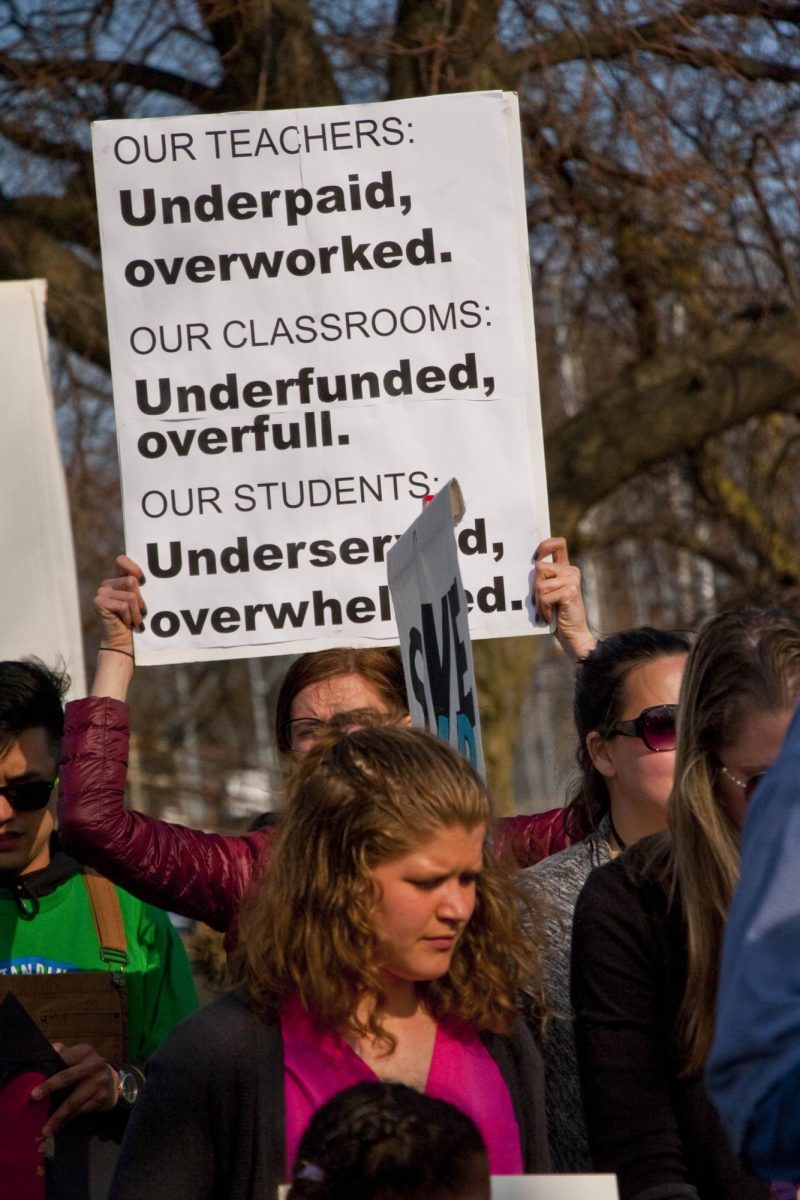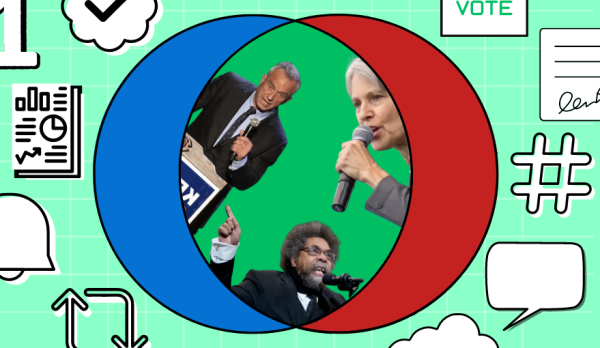That’s What She Said: Why a larger class size is beneficial to students
Emma and Margaux debate the controversial issue of class size in public schools.
October 29, 2018
The number of students in a given classroom has always been a hot topic. The argument is that students are more likely to excel in a smaller class. However, this can be hard for school systems to achieve because there are limited funds, and small classes are more expensive than larger classes. In addition, larger classes promote independence and valuable teamwork skills that students need in order to be successful once they finish school.
One obvious plus to large class sizes is the independence that students develop. They learn to be self-motivated and manage their time better because the teacher has less time to baby them. This works in the students’ favor because that independence in the classroom is preparing them for real life, in which you must set deadlines, and motivate yourself in order to be successful in your career. Senior Katherine Sivulka agreed: “I think that larger classes get students to become more comfortable with working with their peers, developing communication skills, and get a taste of a kind of work environment.”
Another plus is that there are a greater range of ideas during peer collaboration and class discussion because there are more students, which means a variety of interests, backgrounds, and thought processes. In addition, small group work is necessary in large classrooms to break up lectures and allow students to exercise their minds with their peers. This also allows students to talk and relate to other students that they might not have encountered otherwise.
Students typically do not like what may be called “filler lessons” or “busy work.” These are lessons that are supposed to be fun, or used to fill time, when the obligational lessons are finished earlier than expected. With a large class these obligatory lessons take longer to teach, and so these “filler lessons” and “busy work” become next to rare. This is a benefit to the students and the teachers; the students will gain respect for their teacher because they are not doing seemingly pointless work, and the teacher will benefit because they do not have to plan extra needless lessons.
Some advocates for class size reduction say that having smaller classes creates a more personal environment, where the teachers can better cater to the needs of every student, instead of giving limited attention to more students. They say that this intimacy raises test scores and makes for a better learning environment for all the students involved.
But the truth is that small classes are expensive and schools have limited funding; what they do have though, needs to be spent on things like updating decade-old textbooks and providing more technology to the students. In some minds, it is more important for the student to have the latest information on the subjects that they study, rather than a more personal teaching approach using old, outdated information. Moreover, if introduced in high school, and even the late years of middle school, reduced class sizes do not have the same impact that they do if they were introduced to the students in elementary school.
Altogether, larger class sizes better prepare children for college and life after college than smaller classes do because students are encouraged to become more independent and self-motivated. They also help kids find their voice during class discussions and work well with their peers, which is essential in real life. Since many school districts cannot afford to hire more teachers in order to create smaller classes, it is an ideal that cannot realistically be put into practice.























